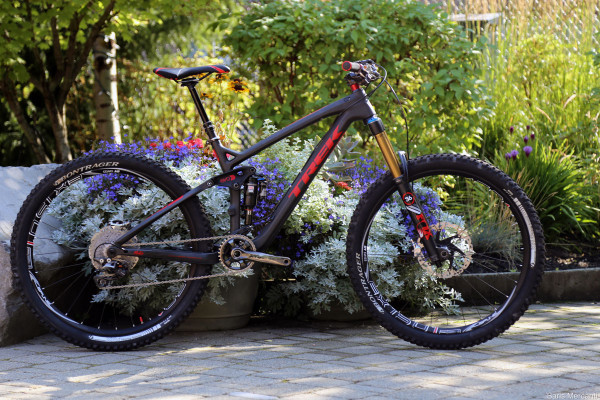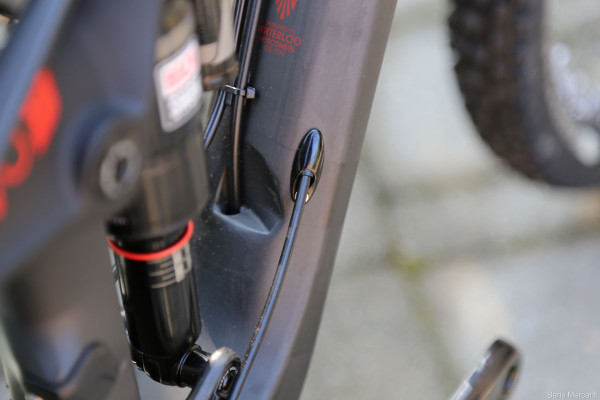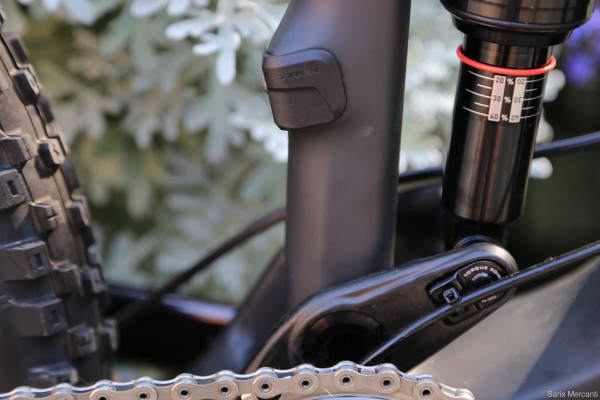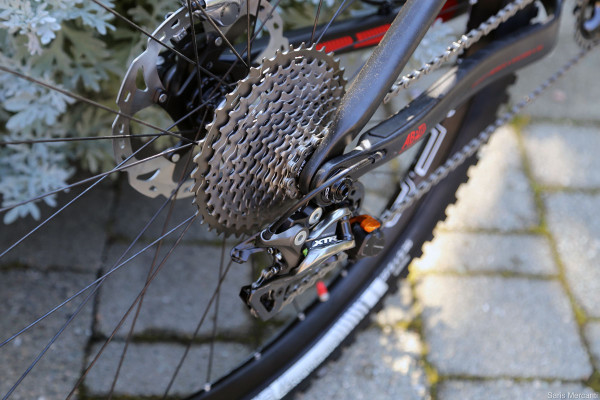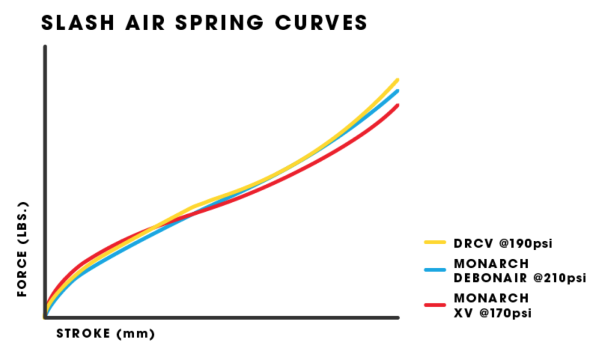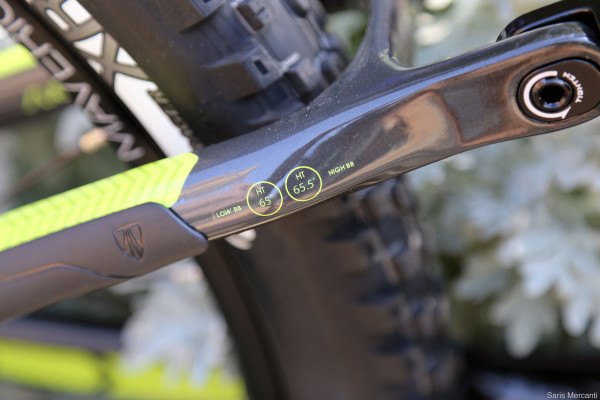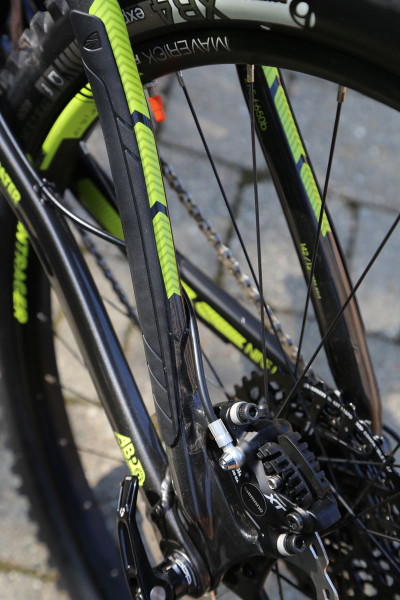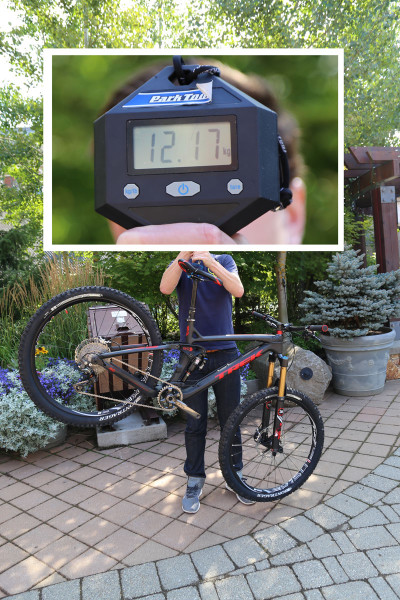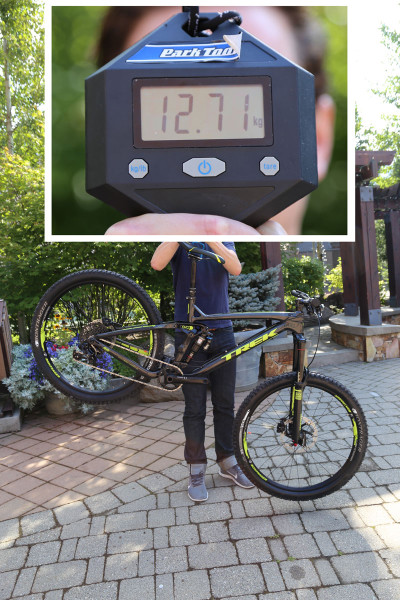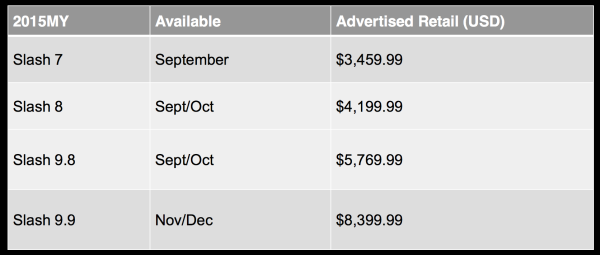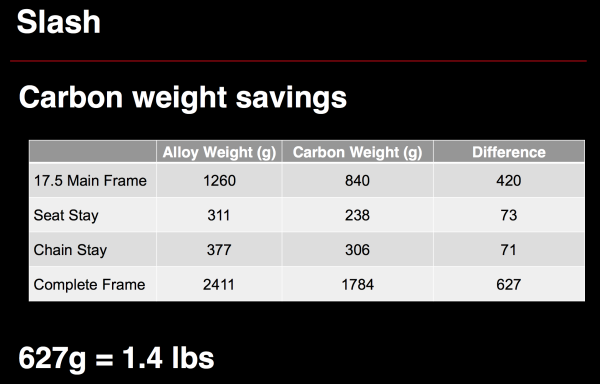The Slash has been in the Trek lineup for many years and throughout that period the platform has seen significant changes in order to keep current with trends. At times its tilted towards the trail spectrum, or been a mini-DH bruiser, but last year it was redesigned for the Enduro race circuit.
Originally only available as an aluminum model, after a year of EWS podiums, Trek has finally launched a carbon version. Head past the break for glamour shots and actual weights. 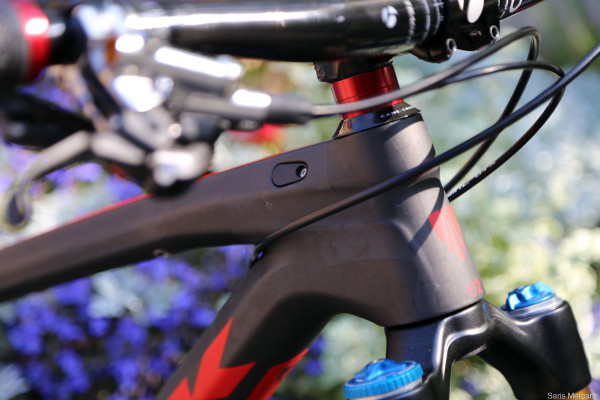
Trek relies heavily on input from its team of athletes for bicycle development. With team rider Tracey Mosley current battling it out for the Overall Women’s EWS title and Rene Wildhaber sitting in 4th before the Crankworx stop, the company fields one of the top teams in the emerging sport.
After speaking with their riders, it was evident that Rene in particular wanted a longer TT, a lower BB, and ultra reliable setup. So well before the new frames were developed, he was actually swapping in shocks and forks of different lengths to get the geometry he wanted. Based on those experiments and further testing, the Slash was designed around a shorter stem, and is now longer, lower, and slacker than the previous 26″ model.
It sports clean cable routing with options for a variety of different current and emerging internal and external standards.
For models with 1x drivetrains, a Trek badged direct mount cover helps the finished bike look complete.
The top of the range model features a full XTR drivetrain and is finished with Bontrager components, but it can be fully customized using the company’s Project One service.
Update: As of now, the only Project One MTB offerings are the: Fuel EX 29, Superfly SL, and Superfly FS SL.
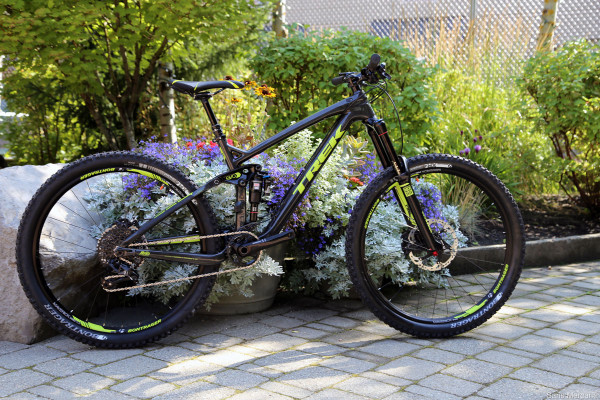
For this year, Trek has completely moved away with it’s proprietary DCRV forks and shocks on this model.
Originally Trek worked hand in hand with suspension manufacturers because they felt that was needed in order to achieve their desired level of performance, but as technology has advanced, it’s no longer necessary.
For example, they’ve been able to partner with Rockshox to tune the Monarch Debonair shock to closely mirror the air spring curve of their own DRCV. With the added benefit that the Debonair has a larger air can and more oil flow, which can better keep up with the demands of longer Enduro stages.
Like almost all of the frames in Trek’s full suspension mountain bike line up, the bike utilizes a Mino Link to easily alter the bike’s geometry. The system allows you to adjust the bike’s head tube angle and BB by pivoting hardware on the linkage.
Another nice feature is the moulded plastic rubber. Covering every high risk surface from the down tube to the stays, this protective hardware helps prevent scratches and dents.
The Slash 9.9 with a 36 fork, full XTR build, and dropper, hit the scale at 12.17 kg. For those Americans like myself who have no idea what that means, it’s 26.8 lbs.
The Slash 9.8 with a Pike fork and Sram X01 Kit was not far behind at 12.71 kg (or you know, 28 lbs).
For the 2015 model year, there will be two aluminum and two carbon offerings.
Rene Wildhaber saw his best Enduro World Series result aboard the new Slash Carbon with a 3rd place finish in Winter Park, Colorado, and had this to say about his new bike, “We’ve been building to this bike for years now. Each refinement of the Trek bike has been getting closer to the perfect enduro bike. Last year’s geometry refinements to the alloy Slash were perfect. Now the bike has shed a ton of weight so it’s equally capable and race-able.”
